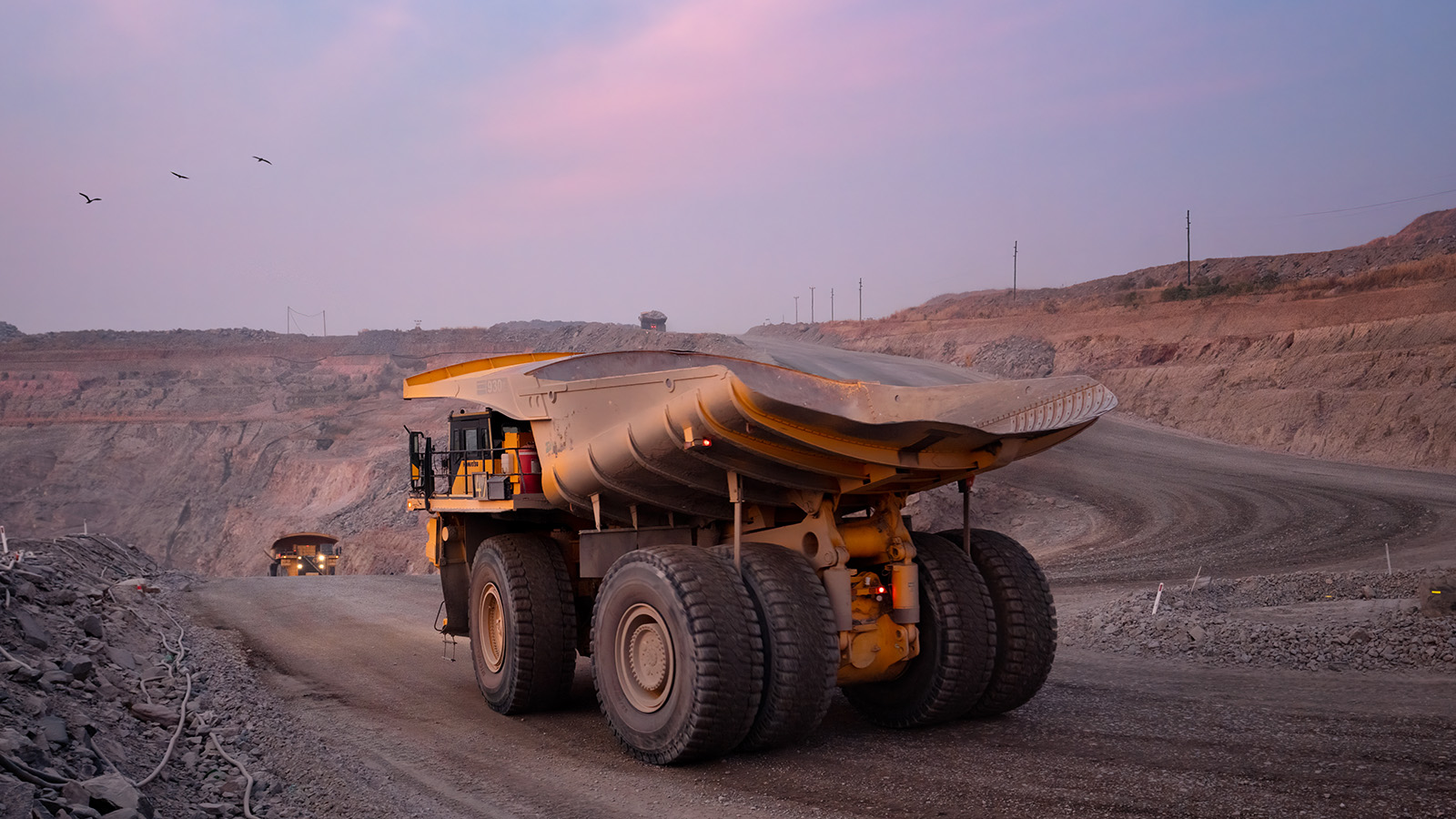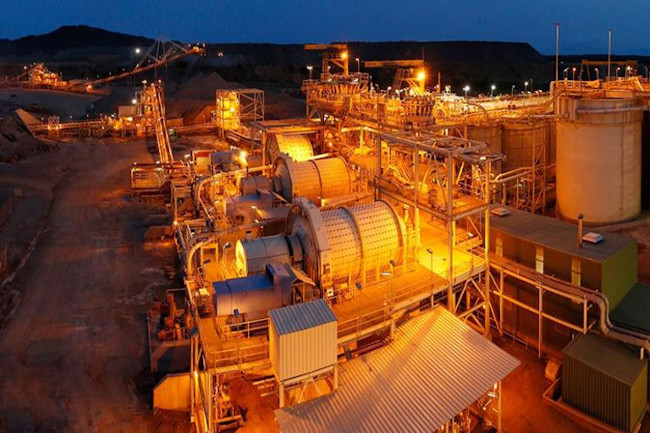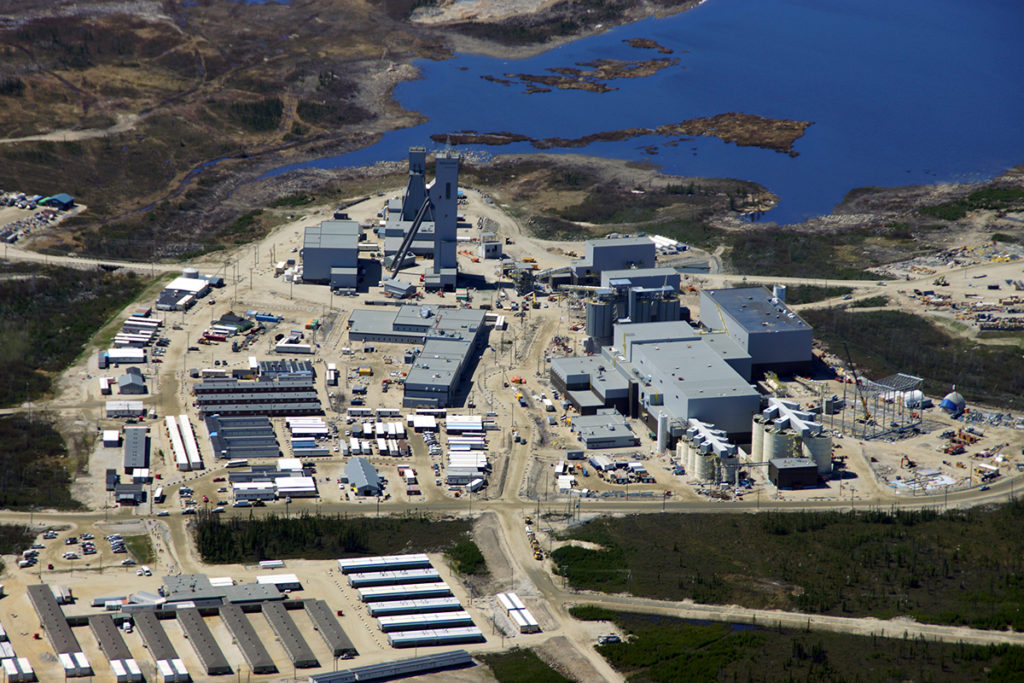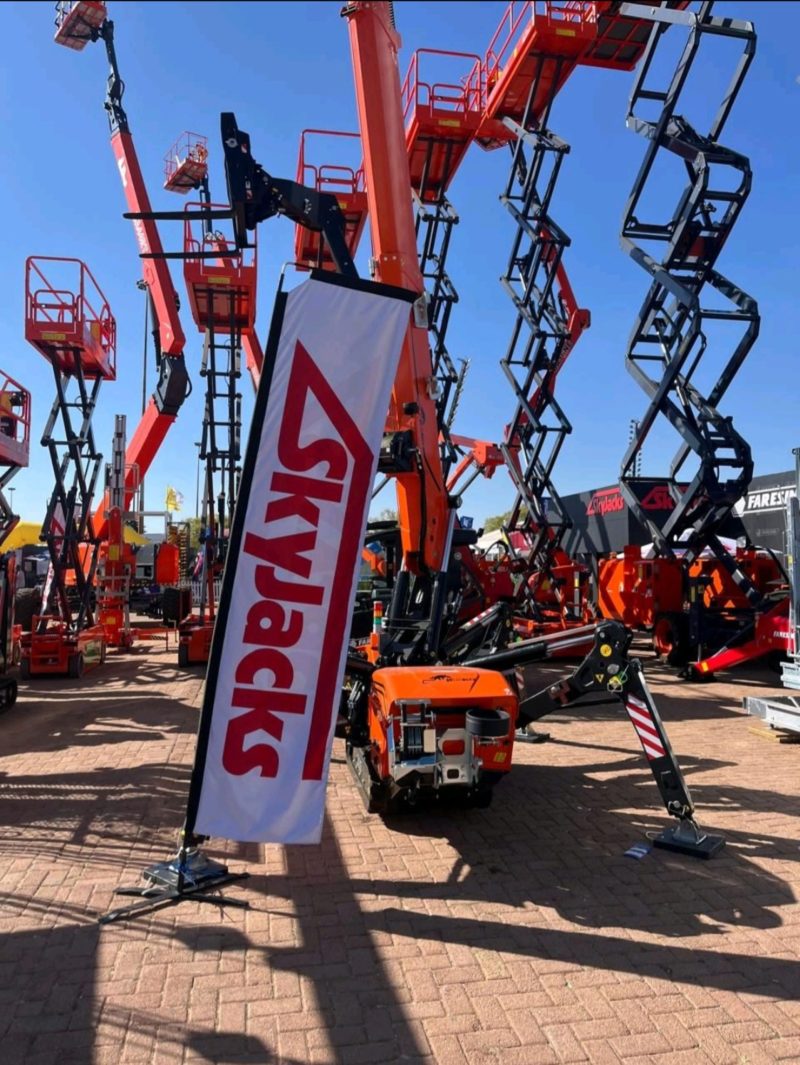Mining Other
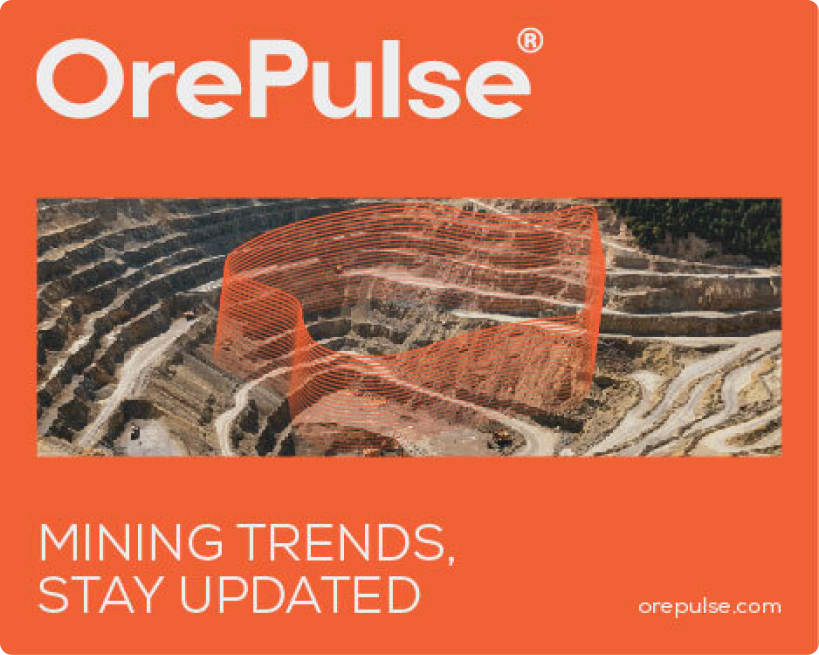
Implementing South Africa’s new occupational exposure limit for silica dust
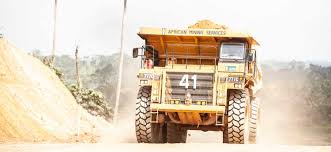
Health and safety are at the core of every responsible mining operation. While this was not always the case, the mining industry has evolved to make safety an integral part of its culture – not as a ticking box exercise, but as a deeply held ethos. Today, the principle that everyone goes home safe and healthy has transformed from a slogan into a shared responsibility.
Employees are not only accountable for their own safety but also for the well-being of their colleagues. This responsibility extends beyond preventing immediate accidents; it involves fostering a culture of care, where workers look out for one another and make sound decisions that protect both their present and long-term health.
Historically, awareness of long-term health hazards in mining was limited. Generations of workers were often unknowingly exposed to unseen dangers. Legal action, including class suits, has compelled the industry to reflect and act, not merely to protect their reputations, but because genuine care for employee health has become the hallmark of a responsible employer.
Understanding silicosis and its impact
As our understanding of occupational health risks grows, regulations continue to evolve to better protect workers. Rules are refined, exposure limits lowered, and monitoring improved, all in pursuit of safer, healthier workplaces. Among these efforts, few stand out as clearly as the fight against silicosis, a debilitating lung disease caused by inhaling respirable crystalline silica dust. Each tightening of the standard reflects what we have learned, protecting miners’ long-term health requires vigilance, research, and an unwavering commitment to improvement.
Crystalline silica is made up of microscopic particles so small they can slip deep into the lungs with every breath. Once there, they cause scarring in the lung tissue, gradually reducing the lungs’ ability to draw in oxygen and supply it to the body. As the damage worsens, the risk of other infections also increases. For mineworkers, the effects are devastating. Silicosis causes a persistent, painful cough, chest tightness, and breathlessness making even simple tasks exhausting.
So how much crystalline silica does it take to become dangerous, and how do time and exposure make the difference? In extreme cases, when exposure levels are very high, the disease can develop suddenly and prove fatal within a short time. More often, though, it creeps in silently over the years, only revealing itself long after exposure has ended.
One of the most dangerous aspects of silica dust is that it is invisible. The fine particles that cause the most harm cannot be seen with the naked eye, while the dust we can see is comparatively harmless, as it is coarser and settles quickly. This makes specialised dust sampling equipment and laboratory testing essential. Particles smaller than 10 microns remain airborne for the longest time, and present the highest risk, making accurate measurement critical.
South Africa’s updated exposure limits
In South Africa, the current Occupational Exposure Limit (OEL) for respirable crystalline silica, which applies to most industries including mining, is 0.1 milligrams per cubic metre (mg/m³). This limit was originally set in 2008 under the Hazardous Chemical Substances Regulations (HCSR). However, the Government Gazette of 28th March 2025 (no. 52388) introduced Regulation 6053, which amends the Mine Health and Safety Regulations for Occupational Exposure Limits for Airborne Pollutants.
This amendment reduces permissible exposure limits for several substances, including crystalline silica (quartz). Recognising that even lower exposures can still harm workers over time, the Mine Health and Safety Council (MHSC) has stated that all measured silica dust exposures must fall below 0.05 mg/m³. This new threshold reflects the industry’s move towards safer, cleaner, and healthier workplaces.
You may wonder how South Africa’s new limit compares to the rest of the world. The revised exposure limit aligns the country with Australia and the United States, where both Safe Work Australia and the U.S. Mine Safety and Health Administration (MSHA) set the same 0.05 mg/m³ limit. Canada, however, goes a step further, following the ACGIH Threshold Limit Value (TLV) of 0.025 mg/m³.
Ensuring compliance underground
So how does a mine ensure that dust levels stay below the new exposure limit? The answer lies in a systematic approach. To make sense of the thousands of potential dust measurements underground, mines begin by conducting baseline assessments to classify different work areas according to their level of risk. High-risk areas, such as drilling, loading, or crushing operations, require more frequent monitoring, while lower-risk zones can be sampled less often. This structured method of assessment forms the foundation for what’s known as Homogeneous Exposure Groups, or HEGs.
HEGs group workers who perform similar tasks, in similar areas, using similar equipment, and are therefore likely to experience comparable levels of dust exposure. Instead of testing every worker individually, dust sampling is carried out on representative individuals within each HEG. The results are then used to estimate exposure levels for the entire group. This approach allows occupational hygienists to identify high-risk activities or areas, track changes as control measures are introduced, and demonstrate compliance with regulatory standards such as the OEL.
As the new exposure limits take effect, every mine will need to re-establish its baseline to understand the renewed risk profile of its workplaces. Continuous dust sampling, informed by well-defined HEGs, will be essential to verify that existing controls are effective and to identify where improvements are needed. Protecting mineworkers from respirable silica dust is not a one-time exercise; it is a continuous cycle of measurement, review, and action.
The new regulations do not just set a lower limit, they set a higher standard of care, reminding us that the health of every worker depends on collective vigilance underground.





